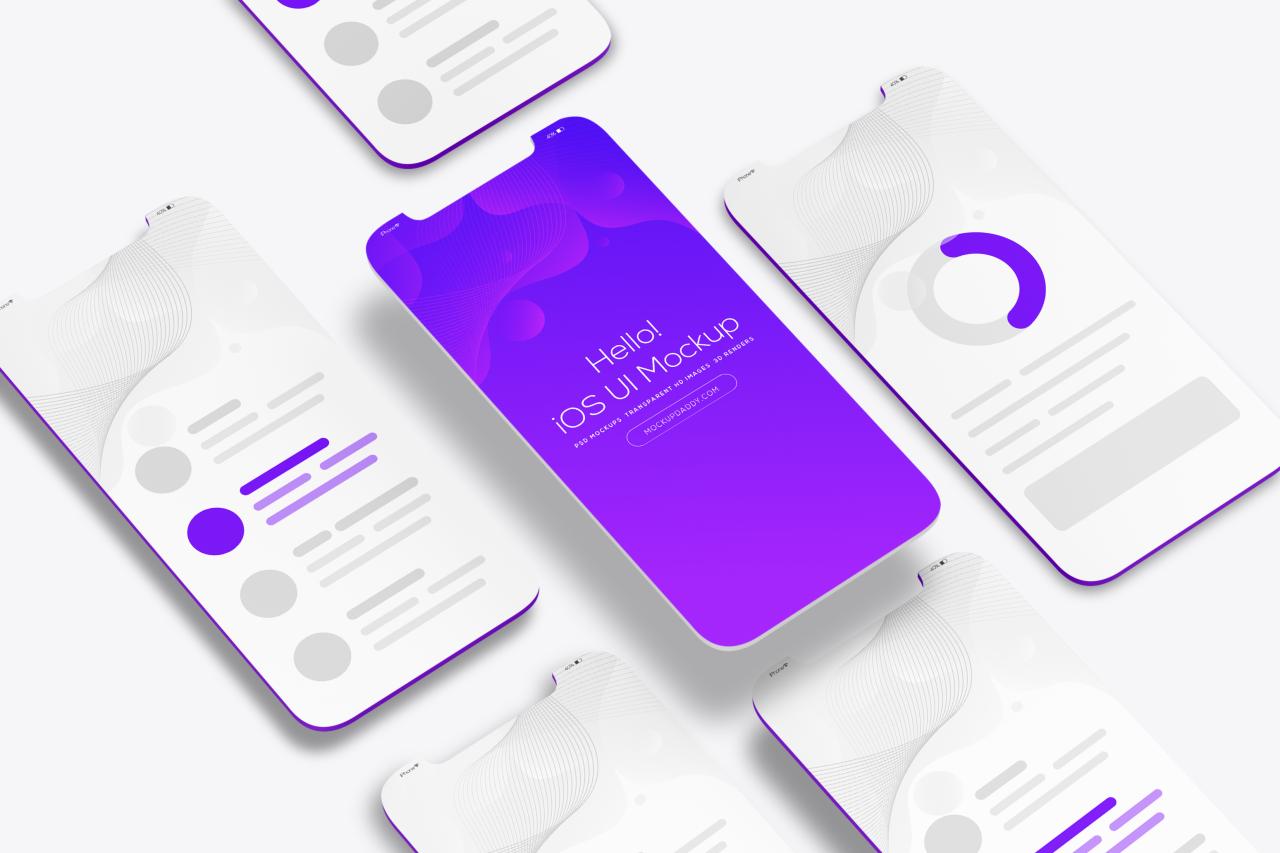Mockup UI Design: The Ultimate Guide for Designers and Developers
Introduction
User interface (UI) design is an essential aspect of any software or application. A well-designed UI makes the user’s experience more efficient and enjoyable, while a poorly designed UI can make it frustrating and difficult to use. Mockup UI design is a critical step in the process of designing a user interface. It allows you to create a visual representation of your design so that you can test it out and get feedback before you start coding.
In this guide, we will cover everything you need to know about mockup UI design, including:
- The benefits of using mockups
- The different types of mockups
- How to create a mockup
- How to use mockups for feedback and testing
The Benefits of Using Mockups
There are many benefits to using mockups in the UI design process. Some of the key benefits include:
- Faster development: Mockups can help you to identify and fix design issues early on in the development process, which can save you time and money in the long run.
- Improved communication: Mockups can help you to communicate your design ideas to other stakeholders, such as developers and clients. This can help to ensure that everyone is on the same page and that the final product meets everyone’s expectations.
- Better user experience: Mockups can help you to create a user interface that is more efficient and enjoyable to use. By testing out different designs, you can identify the ones that work best for your users.
The Different Types of Mockups
There are many different types of mockups that you can create, depending on your needs. Some of the most common types of mockups include:
- Wireframes: Wireframes are simple, low-fidelity mockups that focus on the layout and structure of your design. They are typically created using線框畫or other wireframing tools.
- Prototypes: Prototypes are more advanced mockups that include interactive elements. They allow you to test out the functionality of your design and get feedback from users. Prototypes can be created using a variety of tools, including prototyping software and HTML/CSS.
- Visual mockups: Visual mockups are high-fidelity mockups that resemble the final product. They are typically created using graphic design software, such as Photoshop or Illustrator.
How to Create a Mockup
The process of creating a mockup can vary depending on the type of mockup that you are creating. However, there are some general steps that you can follow:
- Start with a wireframe. A wireframe will help you to determine the layout and structure of your design.
- Add interactivity. If you are creating a prototype, you will need to add interactivity to your design. This can be done using prototyping software or HTML/CSS.
- Create a visual mockup. If you are creating a visual mockup, you will need to use graphic design software to create a high-fidelity representation of your design.
- Get feedback. Once you have created a mockup, it is important to get feedback from other stakeholders. This feedback can help you to identify areas that need improvement.
How to Use Mockups for Feedback and Testing
Mockups can be used for feedback and testing throughout the UI design process. Here are some tips for using mockups effectively:
- Get feedback early and often. The sooner you get feedback on your designs, the sooner you can identify and fix issues.
- Get feedback from a variety of sources. Get feedback from users, developers, and other stakeholders. This will help you to get a well-rounded perspective on your design.
- Use mockups to test different designs. Mockups can be used to test out different design ideas and see which ones work best.
- Iterate on your designs. Based on the feedback you receive, make changes to your designs and create new mockups.
Conclusion
Mockup UI design is an essential step in the process of designing a user interface. By creating mockups, you can identify and fix design issues early on, communicate your ideas to other stakeholders, and test out different designs to find the ones that work best.
